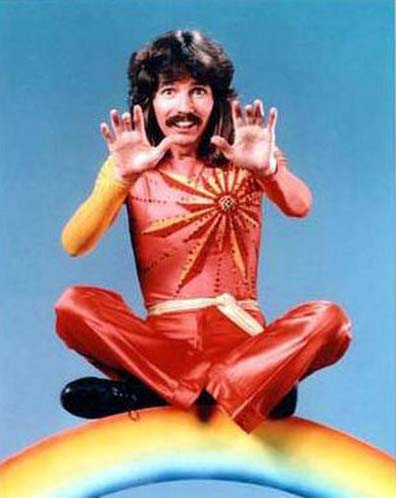1.If It's impossible to know what's the real size of the soundstage In the recording unless you were in the studio
And if pretty much every system /spearkers have a different sized soundstage
How can you know if your system / speakers create an accurate soundstage ?
2. Is soundstage and imaging the same thing ?
1. Not only is it impossible to know, but for many - probably most - recordings made in the past 60 years or so, there is no real size of the soundstage, since the recording is likely to be a multitrack where not all the performers were recorded together live, and where each performer was not necessarily standing/sitting in the same location relative to the other performers as they are in the final mix. In most cases, reproducing the soundstage of the original recording studio is not a concern of the artist, recording engineer, mixing engineer, or mastering engineer (or the record label, or anyone else). Even with minimally miked classical recordings, the real soundstage size is irrelevant unless the original recording was made in a tiny recording space that could fit inside your home listening room. So the "real size" of the soundstage is often however it sounded to the relevant folks in the recording and mixing booth. And there again, reproducing the sound of a couple of studio monitors placed relatively close together on top of a mixing console is not a concern for those who make the music, produce it, or listen to it.
Now, if the recording is mixed with the vocalist dead center, a guitar panned halfway to the right, bass slightly to the left, and percussion and horns or whatever panned full left and/or right, then soundstage accuracy is about that - those elements should all be in their proper place in terms of L vs R vs center, and hopefully it will be possible to discern that those horns are panned all the way Left while the bass is a little closer in between L and center. But as far as how wide - or tall - the overall soundstage is, and therefore exactly how far apart center, halfway panned Left, and fully panned left are, that's highly variable based on room size, speaker design, room characteristics, speaker placement, and listener preference.
2. Soundstage precision or accuracy is, in my experience, basically the same as imaging - how clearly can you identify where each element of the recording is. Soundstage width, height, and depth as overall dimensions are not the same as imaging, at least in my understanding.


